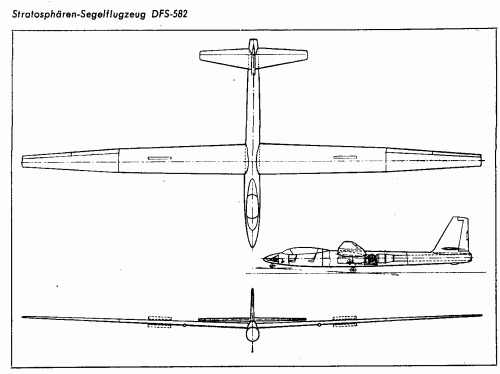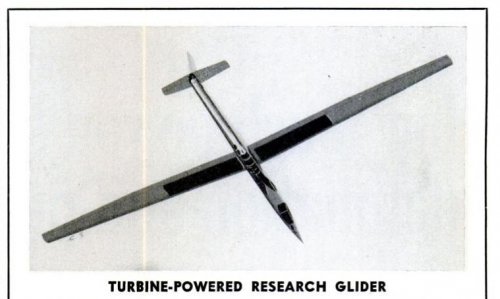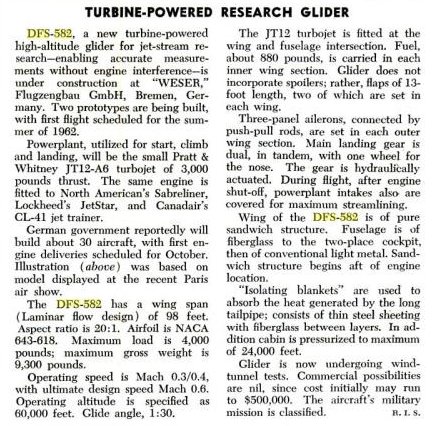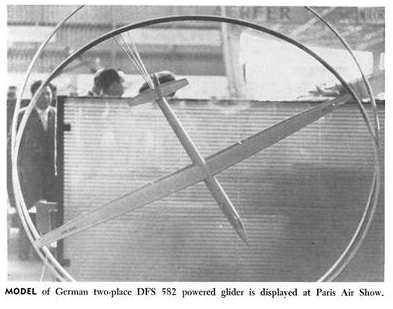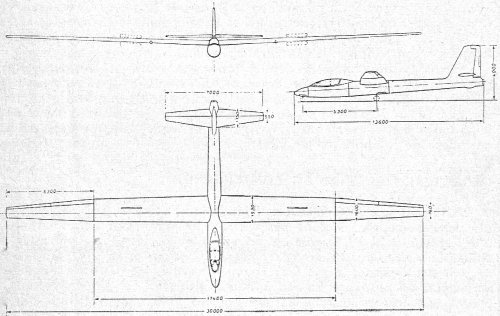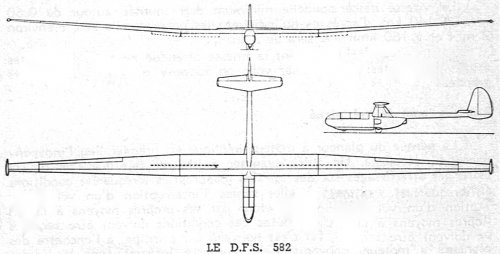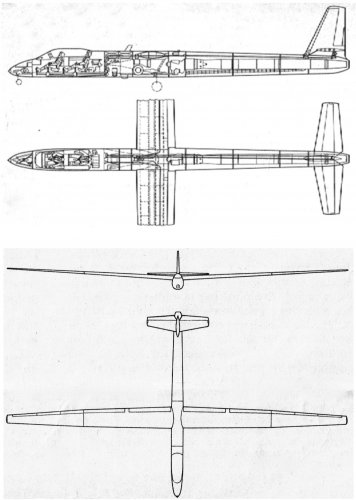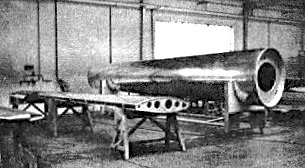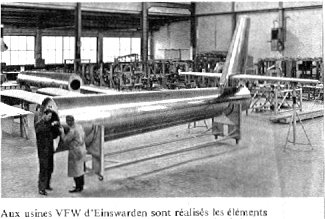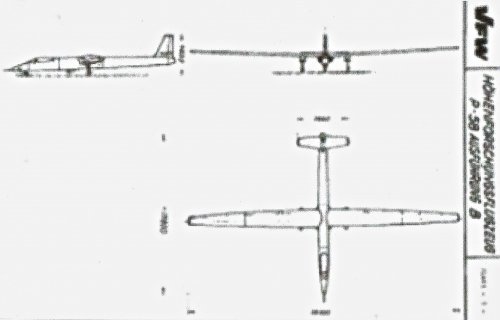- Joined
- 26 May 2006
- Messages
- 34,895
- Reaction score
- 15,759
Hi,
I have a small info about that DFS-528 which designed in Institute
for Aeronautics in Munich ,as high altitude powered glider intended
to climb in power to some 60.000 ft,and powered by P & W JT12A-6
turbojet engine.
Correct the title.
I have a small info about that DFS-528 which designed in Institute
for Aeronautics in Munich ,as high altitude powered glider intended
to climb in power to some 60.000 ft,and powered by P & W JT12A-6
turbojet engine.
Correct the title.

